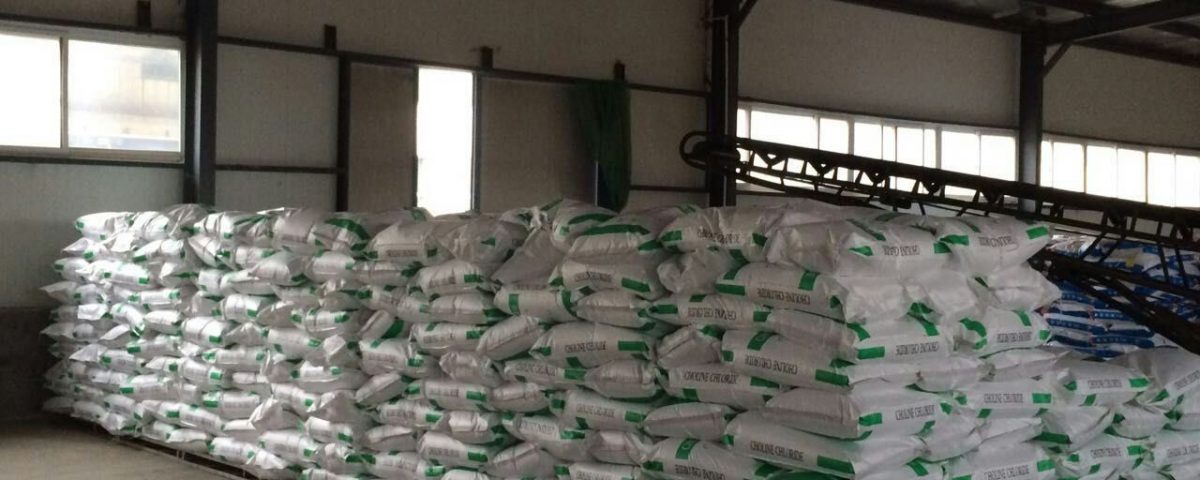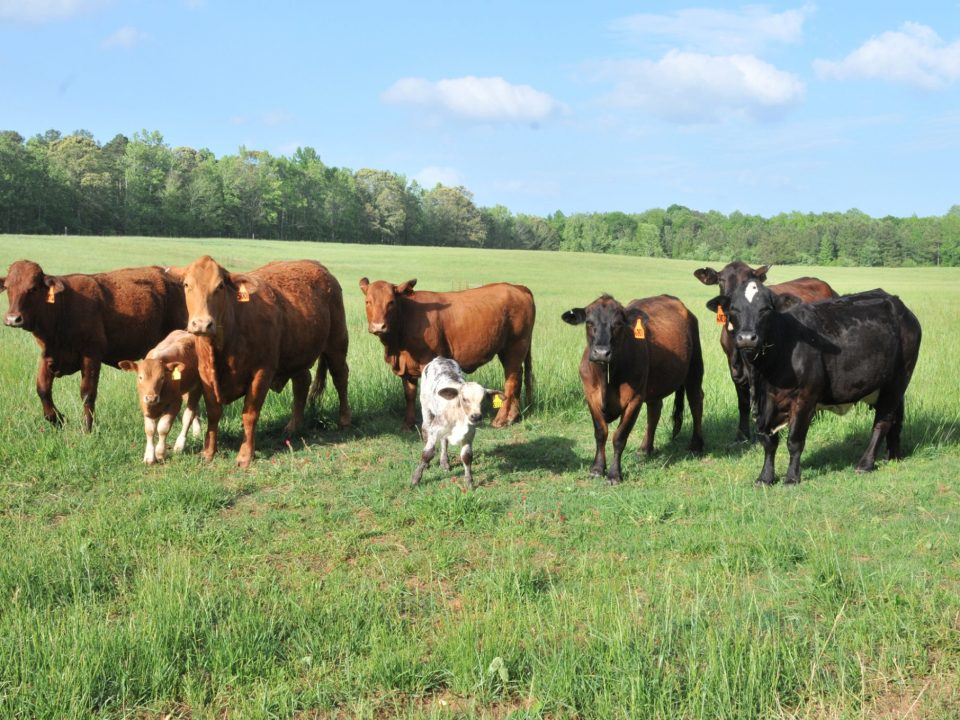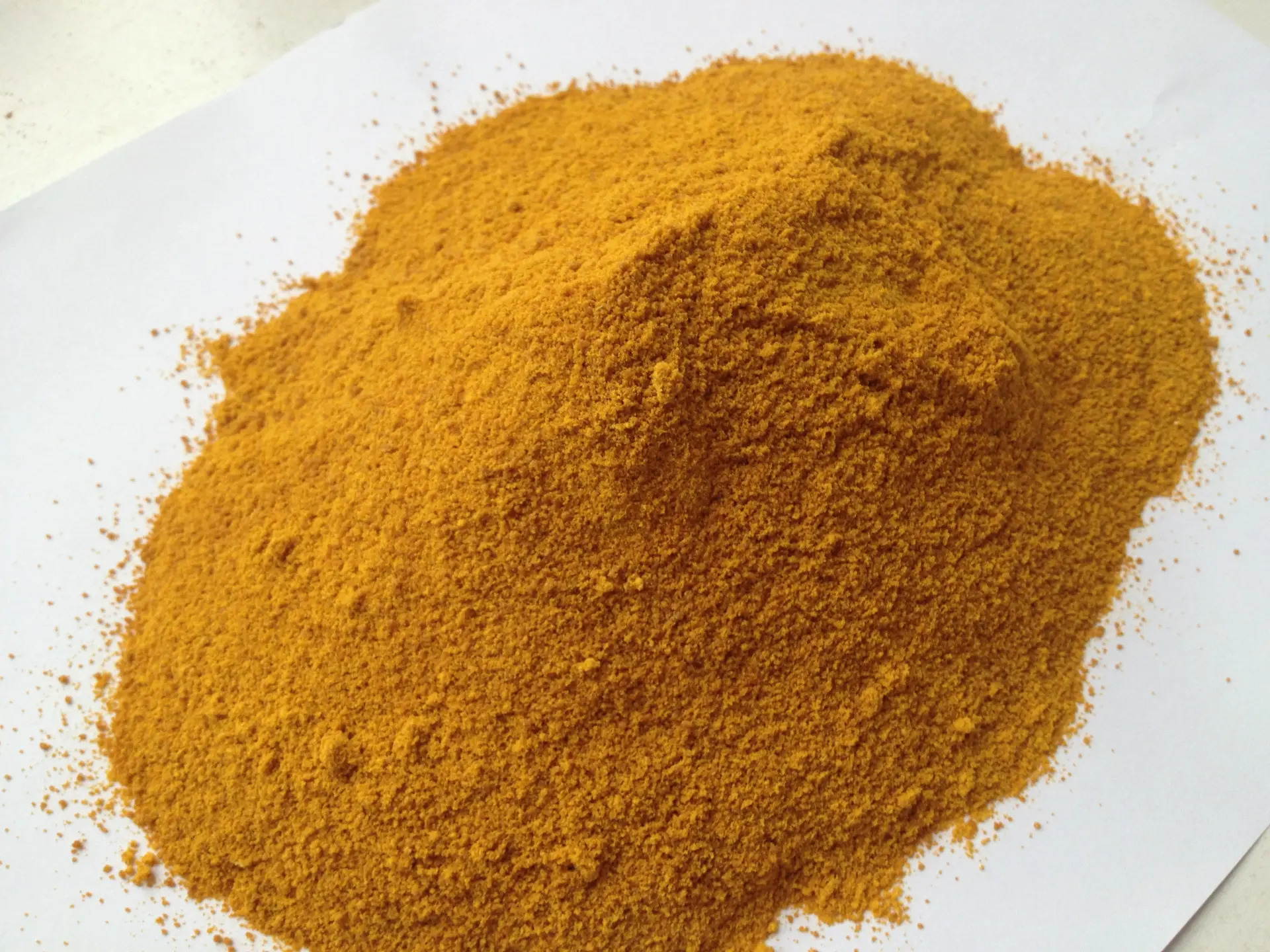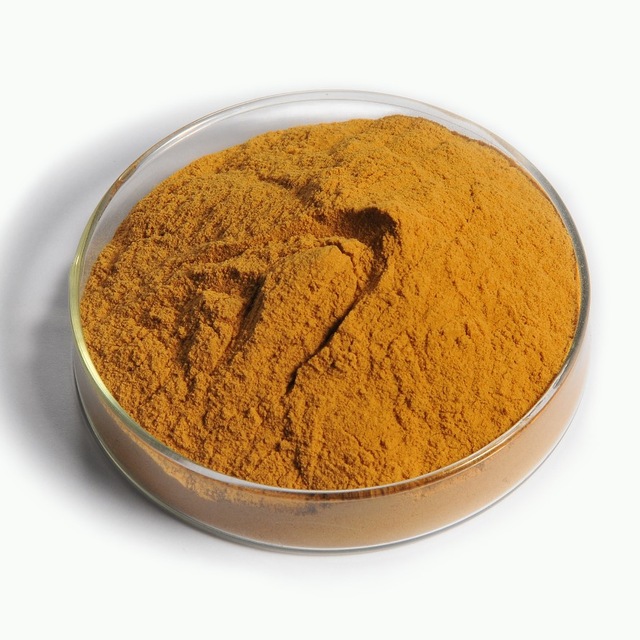How to produce choline chloride for poultry feed?

high protein organic Soybean Meal for poultry Feeding
November 16, 2017
The method of preparation for the choline chloride powders of this invention
November 19, 2017How to produce choline chloride for poultry feed?
CHOLINE CHLORIDE is a basic constituent of lecithin that is found in many plants and animal organs. It is important as a precursor of acetylcholine, as a methyl donor in various metabolic processes, and in lipid metabolism. PubChem CID: 6209 Chemical Names: CHOLINE CHLORIDE; 67-4... Molecular Formula: C5H14NO.Cl or C5H14Cl... Molecular Weight: 139.623 g/mol
There are three basic raw materials which are required for the production of choline chloride which are as follows:
1-Trimethyl amine (TMA)
2-Ethylene oxide (EO)
3-Hydrochloric acid (HCl)

The intermediate product thus produced is treated with ethylene oxide (EO) to neutralize the TMA in the finished product. If it is not neutralized properly then it would result into a higher level of TMA content in the finished product. Most of the cheaper brands available in the international market have high level of TMA (Ethylene oxide being the costliest amongst all). The liquid choline thus produced is then spread over the cereal-based carrier- corncob to make the dry form of choline.
Choline Chloride 50% or 60% powder form is obtained by spraying and thoroughly mixing choline chloride liquid on a selected carrier of silica or corn cob and then drying to lower moisture content. choline chloride 70% or 75% liquid is a kind of aqueous solution, which synthetized by EO (Ethylene Oxide), TMA (Trimethylamine) and HCl (Hydrochloric Acid), it is suitable for direct spraying to animal feed premix or used for manufacturing choline chloride powder form
Global specification of choline chloride:
| PARAMETER | REQUIREMENT |
| Description | Yellowish brown coloured & granular powder |
| Choline Chloride %(w/w) | NLT 60 |
| Moisture (%w/w) | NMT 03 |
| Particle retention on mesh 20 ASTM /18 BSS (%w/w) | NMT 20 |
| Density (Tapped) g/ml | 0.4 to 0.6 |
| Trimethylamine Content (ppm) | NMT 200 |
SALIENT FEATURES OF AN IDEAL CHOLINE CHLORIDE:
- Low Trimethylamine (TMA) content
- High Bioavailability
- Uniform particle size
- Free from any toxin/contaminant
Choline- chemically known as 2-hydroxyethyl-trimethyl ammonium hydroxide and is referred as vitamin B4. It has recently been claimed as a rediscovered vitamin & performance promoter in poultry. The role of choline in the prevention of conditions such as perosis and liver enlargement in chicks is already well known. Choline was first isolated from ox bile (“chole” in Greek) in 1849. Its nutritional importance has been recognized since 1930 and it is now a common dietary supplement for livestock & poultry. The main function of choline is to act as a lipotropic agent and prevents the abnormal fatty infiltration in liver (Fatty Liver Syndrome) thus ensures proper metabolism of the body & effective utilization of the nutrients. Moreover, it helps in the formation of an excitatory neurotransmitter-acetylcholine, which is responsible for proper functioning of the nervous system and maintains its harmony.
How to act when using choline chloride?
- Always ask for the original certificate of analysis from the producer.
- Ask for a guarantee that no other salts like table salts have been added.
- Ask for a guarantee that chloride content has 1:1 relationship with choline.
- Do choline specific tests like AgNO3 Titration, Reinecke or Ion Chromatography when you question the quality?
- PRODUCTION PROCESSCholine chloride liquid (Aqueous Solution) is made by chemical synthesis. The main raw materials include EO (Ethylene Oxide), TMA (Trimethylamine) and HCl (Hydrochloric Acid), choline chloride dry form (powder) is obtained by absorbing chloride liquid on a selected carrier ( Cereal carrier, such as corn cob meal, synthetic carrier, such as silica), and then drying to a lower moisture content
CHEMISTRY OF CHOLINE:
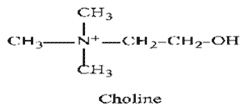
The structure of choline reveals that it serves as a methyl donor-three methyl groups attached which are provided by Trimethylamine (TMA)-an essential raw material for the production of choline. These methyl groups are then utilized for the biosynthesis of methionine (a sulphur containing & first limiting amino acid in poultry). The ethylene oxide (EO) contributes the ethylene part in the choline structure while the HCl donates the H+ ion attached to oxygen atom.


